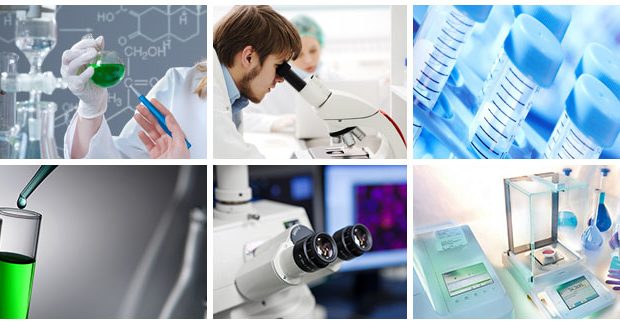Analytical instruments have evolved with progress in scientific research
There has been a dramatic increase in life expectancy over the last few centuries around the world. From an average of 30-40 years life expectancy in the eighteenth century, today we boast of an average life of 70 years. There has been tremendous progress in health standards and scientists have done remarkable work in improving lives through better health.
As scientific research makes rapid strides, a part of the success goes to the superior performance of new testing methods made possible by high-quality laboratory analytical instruments. The analysis of samples has now become much more accurate and dependable than what it was even 10 to 15 years ago. This has given more confidence to scientists, who can now depend on single tests rather than repeating it and this saves time. The development of advanced analytical instruments has greatly strengthened research activities. Some of these instruments find a place in this article.
LCMS (Liquid Chromatography- Mass Spectrometry)
The technique of Liquid Chromatography- Mass Spectrometry is widely used in analytical chemistry. It is a combination of two different analytical techniques liquid chromatography and mass spectroscopy. This instrument helps to separate the molecules in a chemical compound not only to identify it but also to determine its quality. Its task is to define the compound and detect its structure. Separating the constituents of the compound happens first by using liquid phase chromatography, and then it identifies the components by using the mass spectrometer. The instrument uses a curtain gas of specialty nitrogen. Some LCMS has the feature of spray ionization in which nitrogen helps in drying and nebulizing.
NMR Spectroscopy
This instrument is vital in determining the chemical structure of molecules. The instrument is capable of defining molecular structure down to the level of atoms by using the feature of visualizing 3D images of the compounds in the solution. By having so much in-depth information about the molecular structure, scientists can understand its function in the human body much better.
Scientists place the sample in the magnetic field that is homogeneous and strong. They then irradiate it by using radio waves of pre-defined frequency. Information about the molecular structure gathered from the signals emanating from the sample is used. The instrument is also useful in determining inter molecular reactions. The instrument is highly useful for determining the type of reactions between macromolecules and ligands.
X-ray crystallography
We talk a lot about DNA today, but very few people know how the instrument X-ray crystallography has contributed in understanding DNA structure. Rosalind Franklin, the British biophysicist, used the instrument during his research in the 1950s that led to some discoveries that led to better understanding of DNA structure. The instrument is one of the most powerful tools for visualizing molecules. The instrument uses X-ray pointed at molecules that help in understanding how the arrangement of atoms in molecules. The instrument produces a 3D image showing the arrangement of electrons in any substance.
The advancement of analytical chemistry is the result of the developments that have happened in the area of analytical instruments.
















